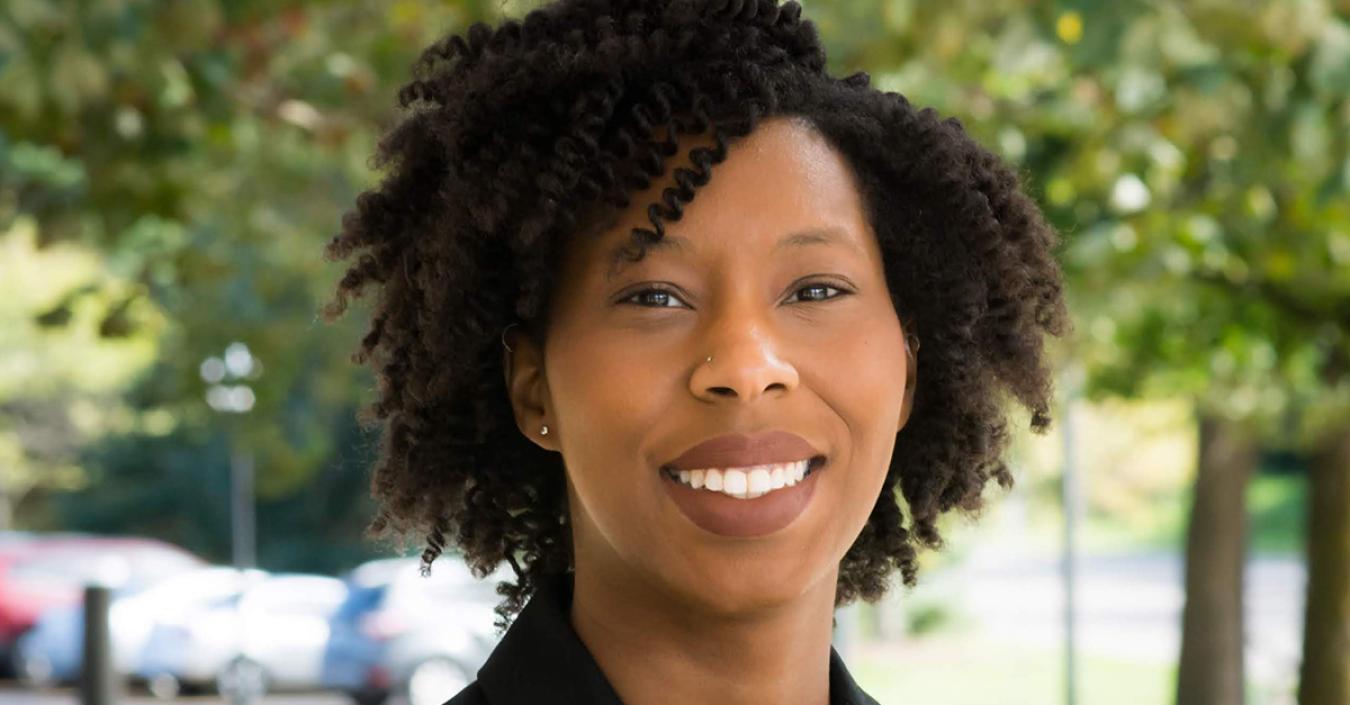Ciara Sivels is the first black woman to earn a PhD from the University of Michigan in nuclear engineering.
February 21, 2019
If you’d like to hear specifics about Ciara Sivels’ job at the Johns Hopkins University Applied Physics Laboratory (APL), best of luck to you in acquiring a top-level security clearance.
Her work, which is funded through the Department of Defense, is highly classified and cannot be discussed in any great detail. But what Sivels can talk about at length is the journey that brought her to the cutting edge of nuclear engineering and made her a pioneering black woman in the field.
For me in my journey, I didn’t see someone who looked like me in this space.
Growing up in Chesapeake, Va., Sivels didn’t give much thought to a career in nuclear energy – until a high school teacher, noticing her consistently high marks in math and science courses, recommended engineering as a potential path.
“When I was applying to undergrad programs, I was looking at chemical engineering,” Sivels said. “I was really interested in chemistry and atomic-level stuff. Then I did a paper on anti-matter, and I was really interested in anti-matter because of the energy it produced.”
The path to nuclear
After graduating from Massachusetts Institute of Technology with a bachelor’s degree in nuclear science and engineering, Sivels was admitted to graduate school at the University of Michigan. In Ann Arbor, Sivels would become the first black woman to earn a PhD from the university in nuclear engineering, the nation’s top-ranked program.
Sivels was constantly challenged and intellectually stimulated by her coursework and research. But being the first wasn’t ever easy.
“For me in my journey, I didn’t see someone who looked like me in this space,” she said. “At Michigan, I was the first black woman. Even in high school, in undergrad, I didn’t have any black female faculty members in nuclear. Representation is really important in these spaces that you are feeling isolated.”
Sivels persevered and delivered a thesis on nuclear treaty verification that set the stage for her current role at APL. Her specific area of research was radioxenon monitoring, a process in which detectors measure and identify radioxenon isotopes with the goal of nuclear explosion monitoring. Fukushima occurred before her time, but Sivels noted that this technique was able to help characterize the accident with samples measured as far away as Washington state.
The future
While Sivels is still getting acclimated to life in Maryland and her work at APL, she always finds time to mentor young black engineers, particularly those interested in nuclear. She spoke earlier this month at a university’s Black History Month event and would like to get back involved with teaching. Until then, she’s fulfilled in her current work and proud to set an example for aspiring black nuclear engineers.
“Representation is important to me. There’s no better way to reach students than to be standing in front of the classroom,” Sivels said. “You have to be confident in your abilities. You have to have people around you that are going to pick you up when you fall. There are going to be times when things are tough and don’t go your way. You need to be able to have that confidence to know that even though there are doubters, you can do it. Be confident in yourself. The work will speak for itself.”

